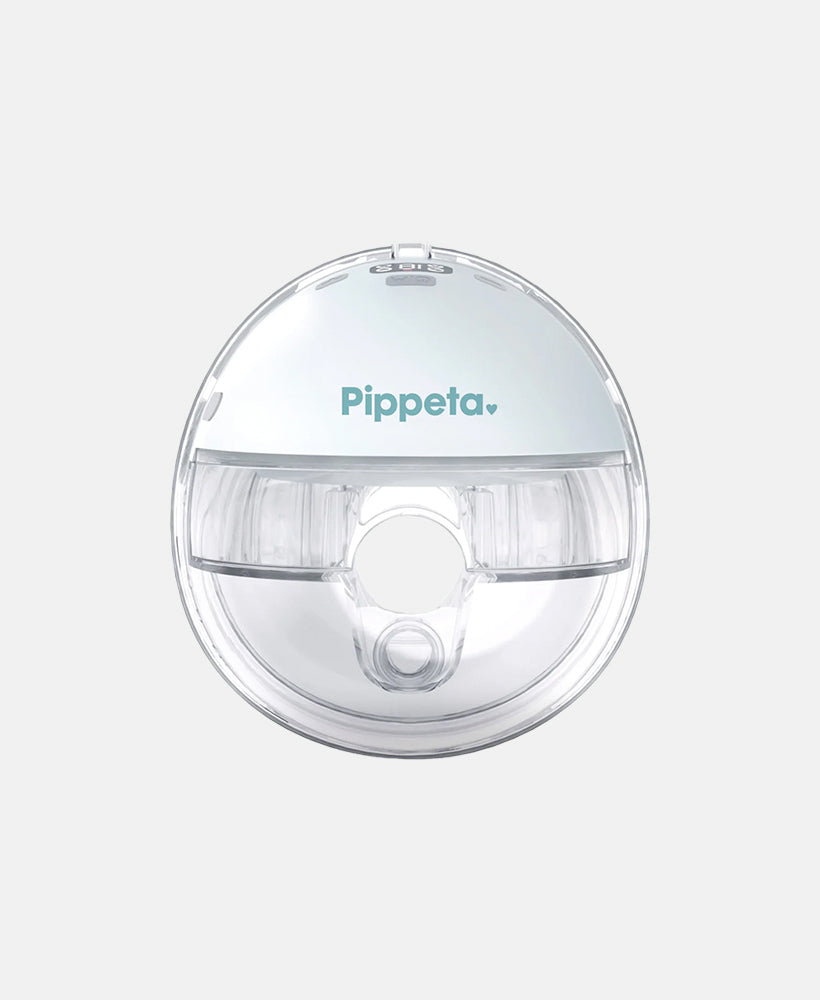


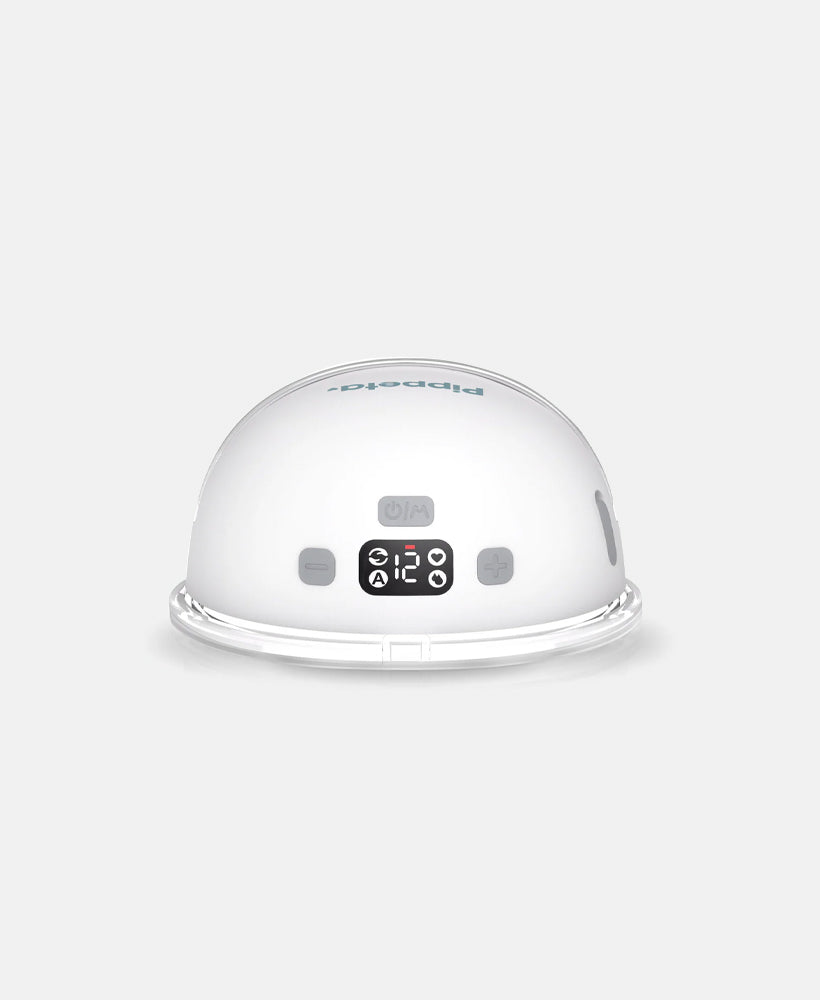


Pippeta Compact LED | Handsfree Breast Pump
Expected Delivery: Sunday - Tuesday

The Pippeta Compact LED is your go-to wearable breast pump—ultra-lightweight, super discreet, and designed for busy mums on the move! With a soft silicone shield that fits snugly to your breast and tucks seamlessly into your bra, you can pump hands-free, without any tubes or wires getting in the way.
Featuring 12 suction levels and 4 pumping modes, you can customise your experience for total comfort. Plus, it’s small, quiet, and incredibly easy to clean—because we know you’ve got enough on your plate!
Voted Best Handsfree Breast Pump, this little powerhouse makes feeding easier for the whole family, giving you the freedom to pump anytime, anywhere.
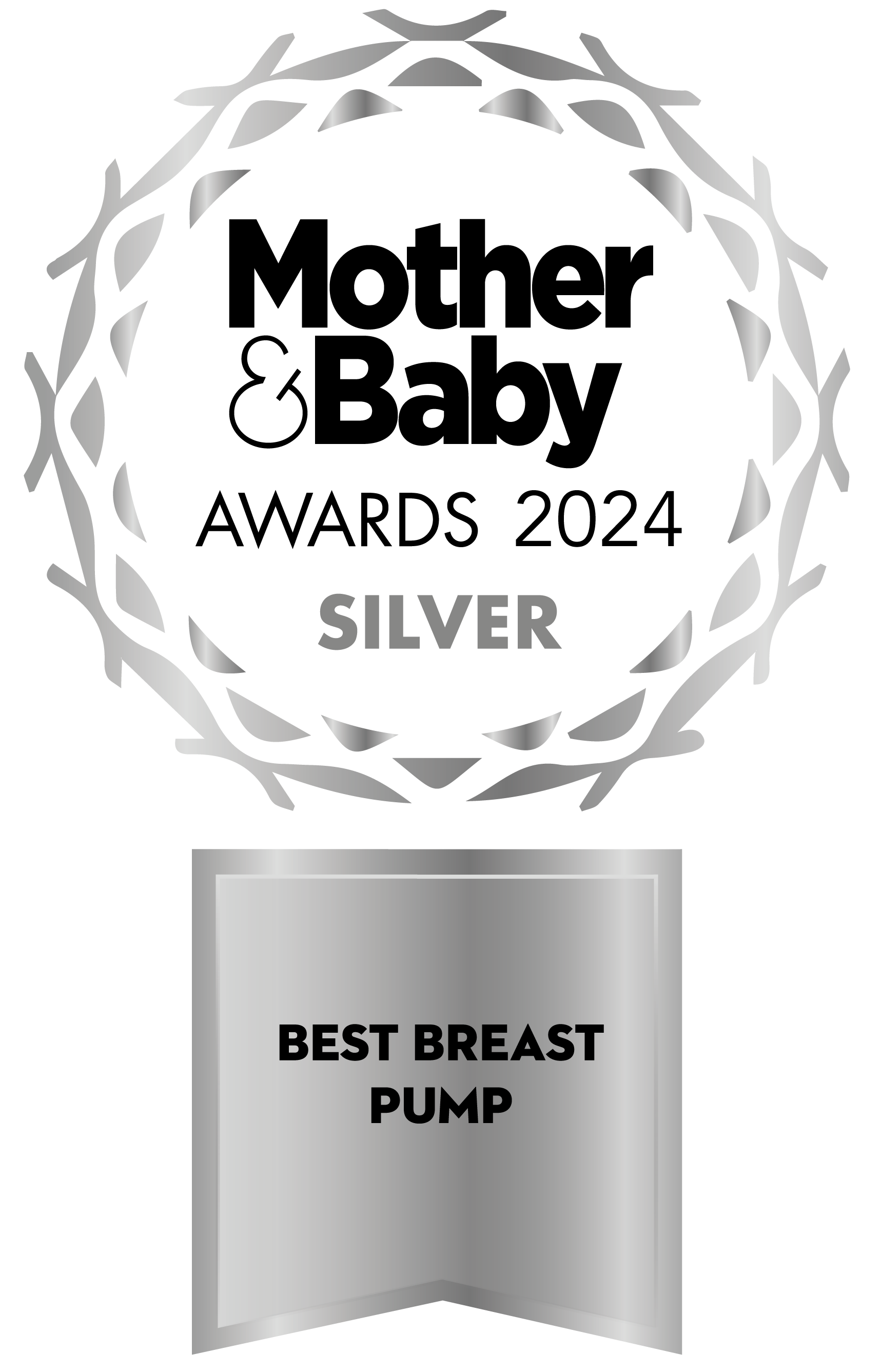

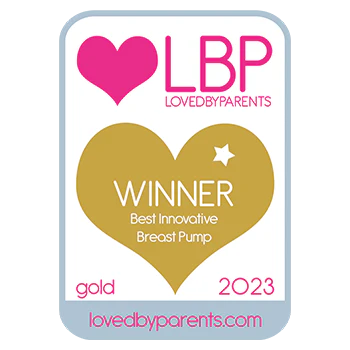

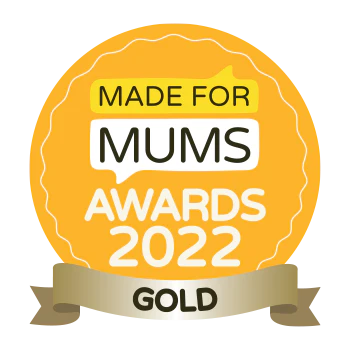
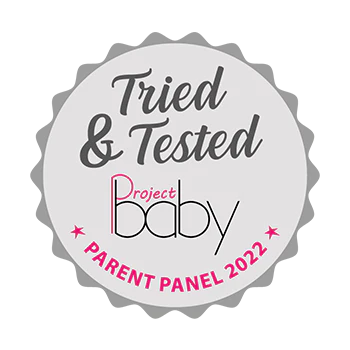


£71.20 £94.97

What's in the box?
What's in the box?
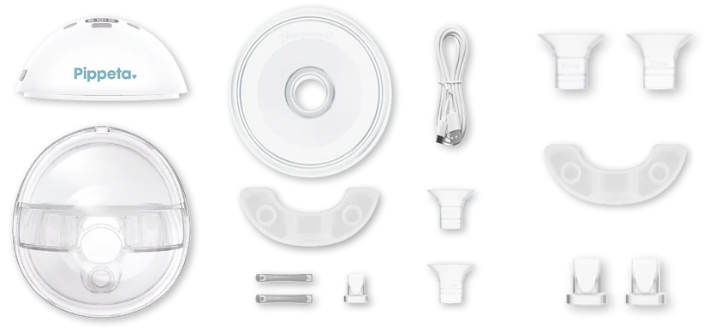
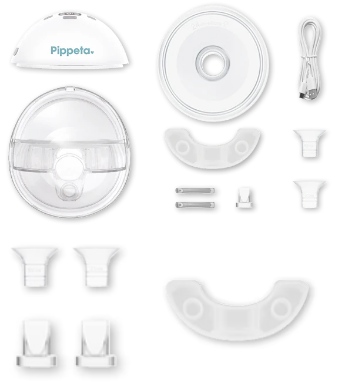
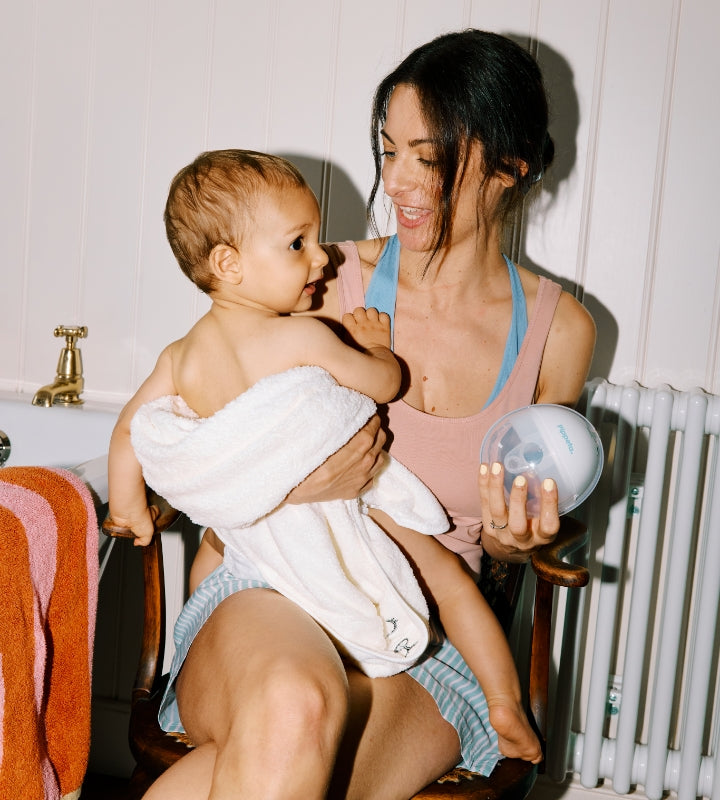
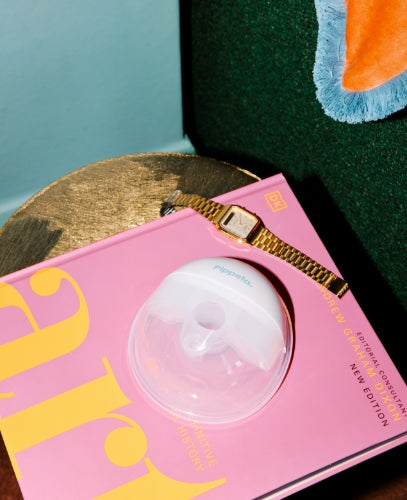
Modes/Power
With 4 pumping modes and 12 suction levels ranging from 60mmHg to 300mmHg, it offers the flexibility to adjust and suit your unique needs for the most comfortable and effective pumping experience.
Air-pressure pulse
The Pippeta Pump features anti-backflow and air-pressure pulse technology, ensuring a hygienic, efficient, and comfortable pumping experience whilst mimicking natural breastfeeding rhythms.
Light up LED display
The LED display offers both a sleek, modern look and enhanced functionality, giving you easy control over modes, suction levels, massage settings, and the 20-minute auto turn-off feature.
Anti leak
The pump bottle is designed with anti-leak technology, holds up to 150ml of breast milk.
Slip-Proof Silicone shield
The soft silicone shield creates a comfortable seal against your skin, giving you leak-free confidence on the go.
up to 120 minute usage
Enjoy up to 120 minutes of uninterrupted usage with our breast pump, giving you plenty of time to express milk at your own pace, whether you're at home or on the go.
Beautiful and practical, by design.
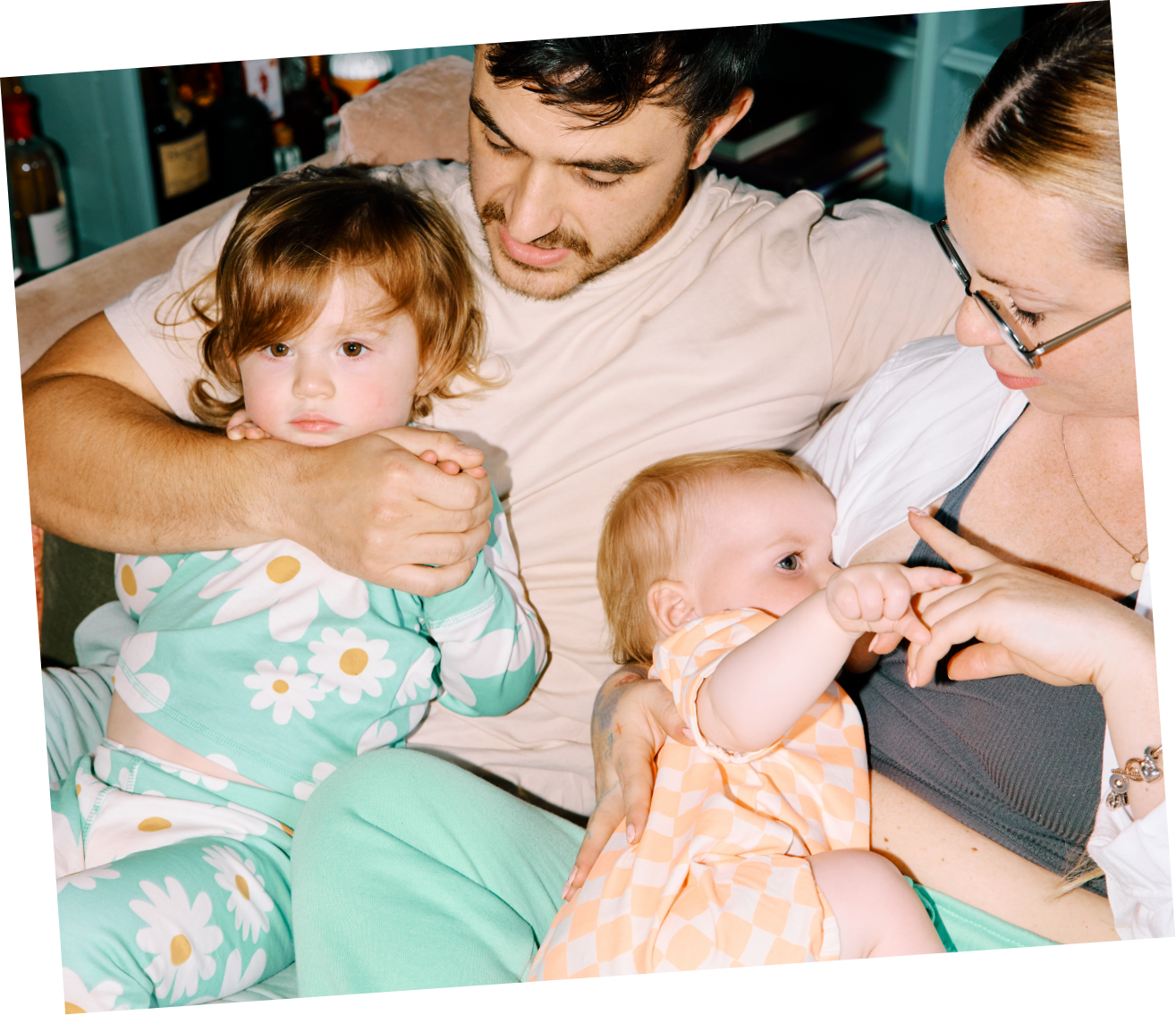
Free lactation support with every pump
Breastfeeding can be tough. But you’re not alone. Our friendly lactation experts are on hand to offer free guidance, personalised support, and a sympathetic ear whenever you need it. It’s what they’re here for.
Meet the experts











New content loaded
Find the right pump for you
Wearable & handsfree
No tubes or wires
Portable
Customisable expression modes*
12
12
Capacity
150ml
180ml
Extra parts
Discreet
Multiple flange sizes**
Hospital grade performance***
30mmhg-280mmhg
60mmhg-280mmhg
Usage time
100-120 minutes
100 minutes
Suction
Easy cleaning
Easy assembly
LED display
Motoring positioning
Built into silicone cup
On top of pump
Your questions, answered
It is important to use the correct flange size to ensure successful pumping. Our pumps come with a 24mm shield and include 19mm and 21mm flange inserts in the box. Additionally, 17mm and 27mm flanges can be purchased separately via our website. Please refer to the size guide under each pump.
Please see the blog below on ensuring you have the correct flange size:
The Importance of Finding the Right Flange Size for Your Pippeta Hands-Free Breast Pump
Both Pippeta pumps feature 4 expression modes (massage, expression, lactation, and automatic) and 12 strength levels, replicating a baby's suckling.
Which pump you choose depends on personal preference. Both are wearable pumps, but they have unique features. The Compact is our most discreet pump, great for on-the-go use; it's slightly quieter and has fewer parts than the Original pump, with a capacity of 150ml. The Original pump is our entry-level model, slightly larger at 180ml, and is our best seller.
All Pippeta pumps come with 4 modes: massage, expression, lactation, and automatic.
- Massage: This mode replicates a baby's suckling on the breast and encourages let-down; we recommend using it for about 5 minutes before switching to lactation, automatic, or expression mode, which each provide different pulls on the breast.
- Lactation: This mode pulls your nipple through and holds it longer than expression mode.
- Automatic: This mode starts at level 6 and slowly increases intensity levels. If this feels painful, we recommend sticking with the other modes.
It's important to note that it may take time for your body to learn to express with a mechanical product, as it's different from a baby’s latch.
The noise level of the Pippeta Original pump is approximately 50-55 decibels, while the Compact model operates at around 45 decibels.
Please ensure your Pippeta pump components are disassembled before cleaning or sterilising. The parts can be washed in the dishwasher, but they should be placed on the top shelf only. Cup parts can be sterilised using cold water, a microwave (with official microwave sterilisers or sterilising bags), steam, UV, or a rolling boil. Follow the instructions provided by the brand you are using to sterilise. Please note, the motor must not be washed or sterilised due to the electronic components; use a clean damp cloth to wipe it down as needed.
For more information, see our blog on cleaning and sterilising your pump:
A Step-by-Step Guide on How to Sterilise a Breast Pump
Families also love:
It takes a village to raise a child.
Think of us as your neighbours.
Discover feeding tips, tricks, and advice from our supportive community.




































